How to Troubleshoot a Car That Won’t Start Despite a New Battery!
If your car won’t start even after installing a new battery, it’s likely due to other parts of the ignition system failing. Check components like the starter motor, alternator, fuses, and relays, as they also play key roles in getting your car started.
Ensure the battery is connected properly and that the terminals are clean and corrosion-free. Additionally, inspect for potential wiring issues or faulty sensors.
In extreme weather, cold can drain battery efficiency while heat can cause fuel problems. Regular maintenance and professional diagnostics can help identify the root cause.
Understanding the Frustration: Why Won’t Your Car Start After a New Battery?
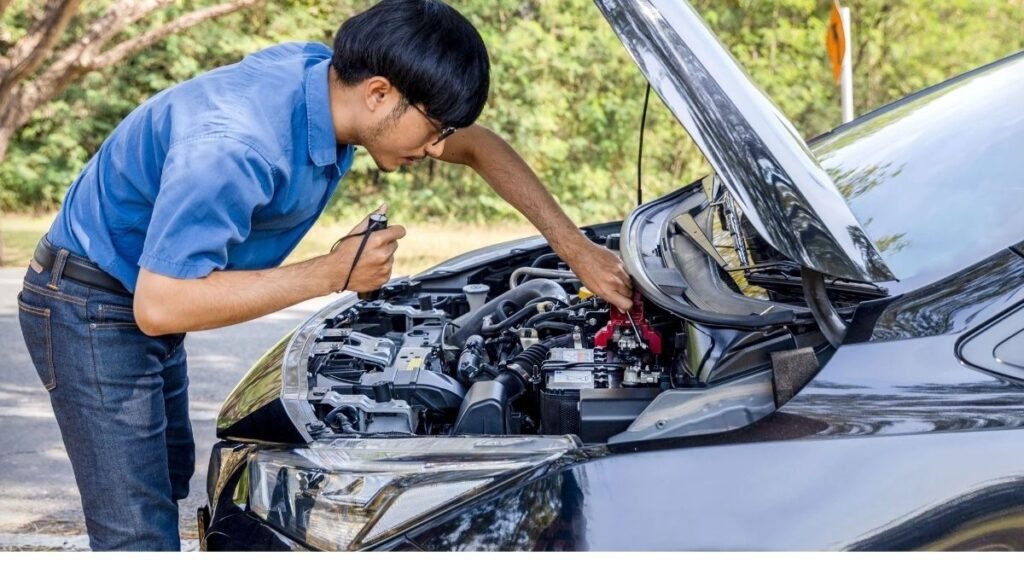
You’ve just replaced your car battery, expecting everything to go back to normal, only to find that your car still won’t start. It’s a maddening situation, full of confusion and frustration.
A new battery should seemingly solve the problem, right? The reality, however, is more complex. There are multiple interconnected systems in a vehicle, and while the battery is a key player, it is only one piece of the puzzle.
The Common Assumption: New Battery Equals Problem Solved
The natural assumption many drivers make is that if the battery is fresh and new, the starting issue should be resolved. This is logical—after all, a battery provides the power necessary to start the car.
Yet, a new battery doesn’t automatically fix other underlying issues that might be causing the car to stall. Focusing on the battery alone can leave other important components unchecked, leaving you scratching your head when the car still refuses to start.
Exploring the Importance of Other Components in the Ignition Process
Beyond the battery, several other crucial parts work together to bring your car to life. The ignition process relies heavily on components such as the alternator, starter motor, spark plugs, and fuses.
If any of these elements fail, the car won’t start, no matter how new the battery is. Understanding the delicate relationship between these parts is essential for diagnosing the true cause of the problem.
Initial Steps to Take Before Diving Into Deeper Troubleshooting
Before diving deep into complex troubleshooting, start with the basics. Check if the car is in park or neutral. Ensure that you’re pressing the brake pedal while turning the key, and make sure that the fuel level is sufficient.
It might sound overly simple, but sometimes these small details can be overlooked, and correcting them could save hours of frustration.
read also: Can a Bad Alternator Stop Battery from Charging – Quick Fix Guide!
Is the Battery Really the Issue? Double-Checking Your Installation
Ensuring the Battery Is Properly Installed and Connected
A poorly connected battery can mimic the symptoms of a dead or malfunctioning one. If the terminals aren’t securely fastened or the cables aren’t making proper contact, the car won’t start.
Double-check the installation to ensure the battery is sitting securely in its tray and that both the positive and negative cables are attached tightly.
Checking for Loose or Corroded Terminals
Corrosion is a common culprit when it comes to starting issues. Over time, battery terminals can accumulate a white or blue powdery substance, leading to poor electrical connections.
Even if the battery is new, if the terminals are corroded or loose, the electrical flow could be interrupted. Cleaning the terminals and ensuring they are firmly tightened is often an easy fix to this problem.
How to Spot Signs of a Defective or Faulty New Battery
Sometimes, the battery itself may be defective, even if it’s brand new. Faulty batteries aren’t common, but they do occur. If you’ve ruled out installation issues, use a multimeter to check the voltage.
A fully charged battery should read about 12.6 volts or higher. If the voltage is lower, you may have received a defective battery.
Examining the Electrical System: Fuses, Relays, and Wiring
The Role of Fuses and Relays in Starting Your Car
Fuses and relays are integral parts of your car’s electrical system. A blown fuse or a faulty relay can prevent the starter motor or fuel system from receiving power. This is often an overlooked area, but it’s crucial to check, as these tiny components play a big role in your vehicle’s performance.
How to Locate and Inspect Faulty Fuses
Most cars have a fuse box located under the dashboard or in the engine bay. The box will have a diagram indicating which fuse corresponds to which system. Use the diagram to locate the ignition or starter fuse, and visually inspect it. If the metal wire inside the fuse is broken, it’s blown and needs replacing.
Identifying Potential Wiring Issues: Frayed or Disconnected Wires
Over time, electrical wires can wear out, become frayed, or even become disconnected. This can happen due to age, heat, or even rodents chewing on the wires.
Inspect the wiring around the battery and ignition system for any visible damage. Replacing or repairing compromised wires can restore the electrical flow necessary to start the car.
Could It Be the Starter or Alternator? What to Look For
Understanding the Starter’s Role in the Ignition Process
The starter motor is what physically turns the engine over, initiating combustion. Without it, your engine won’t crank, no matter how much power is in the battery. A failing starter may produce a clicking noise or no sound at all when you turn the key, signaling that it might need replacement.
Symptoms of a Failing Starter Motor and How to Test It
A common sign of a failing starter is a single, loud click when attempting to start the car, or sometimes a grinding noise. If you suspect the starter is the issue, you can test it by using jumper cables to bypass the ignition switch. If the engine turns over with this method, the starter is likely faulty.
Testing the Alternator: Is It Charging the Battery Correctly?
While the alternator doesn’t directly start the car, it plays a critical role in maintaining the battery’s charge. If the alternator is malfunctioning, the battery won’t stay charged, leading to starting issues.
To test the alternator, start the car and use a multimeter to measure the voltage across the battery terminals. A properly working alternator should give a reading between 13.7 and 14.7 volts.
Ignition System Problems: Spark Plugs, Coil, and Ignition Switch
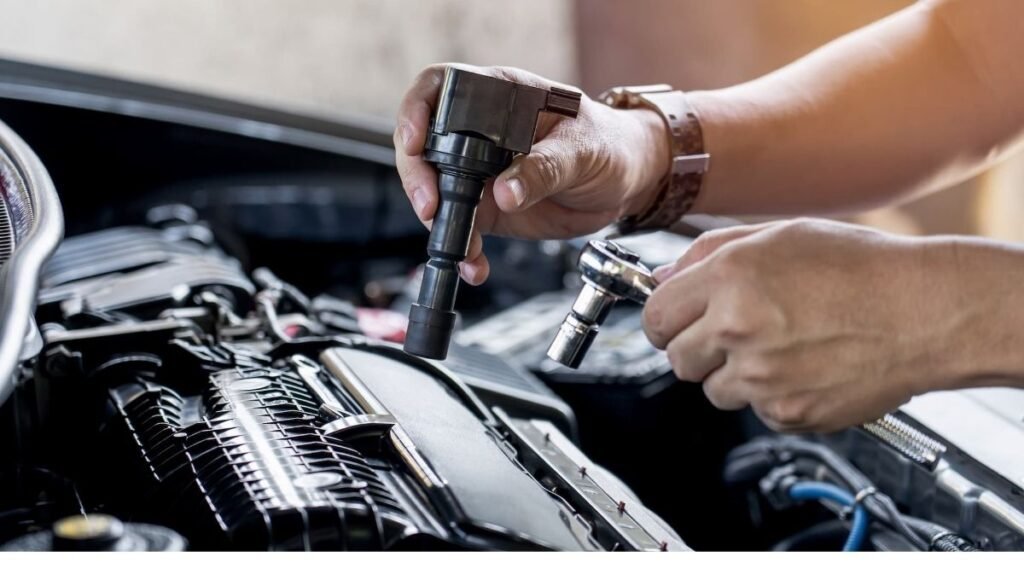
How Spark Plugs and Ignition Coils Impact Your Car’s Ability to Start
Spark plugs ignite the air-fuel mixture in the engine, allowing combustion to occur. Faulty spark plugs or ignition coils can result in misfires or prevent the engine from starting altogether. Regularly inspect your spark plugs for signs of wear or fouling, such as black soot or cracks in the ceramic insulator.
Checking for Signs of Worn-Out or Damaged Spark Plugs
Remove the spark plugs and check their condition. Worn-out spark plugs will have worn electrodes, and dirty plugs will appear coated in black residue. These can be cleaned or replaced, restoring proper ignition and helping the engine start.
Ignition Switch Malfunctions: Symptoms and Solutions
The ignition switch is the link between the key and the electrical system. If it fails, the car won’t start. Common signs of a faulty ignition switch include intermittent starting issues or the dashboard lights not illuminating when you turn the key. Replacing a faulty switch will often solve the problem.
read also: Why does my car battery light stay on even after replacement – Fix it now!
Fuel System Check: Is Your Engine Getting Fuel?
Ensuring the Fuel Pump Is Functioning Properly
The fuel pump delivers gasoline from the tank to the engine. A failed fuel pump will prevent your engine from receiving fuel, resulting in a no-start condition. Listen for a faint hum from the fuel pump when you turn the key. If you don’t hear it, the pump may be faulty and need replacement.
Diagnosing a Clogged Fuel Filter or Faulty Fuel Injectors
A clogged fuel filter can restrict fuel flow, while faulty injectors can prevent gasoline from reaching the cylinders. Both situations can stop your car from starting. Replacing a clogged fuel filter or cleaning fuel injectors could restore proper fuel delivery and fix the issue.
How a Flooded Engine Can Prevent the Car from Starting
In some cases, the engine might flood with fuel, particularly after repeated attempts to start the car. This saturates the spark plugs and prevents ignition. If you smell gasoline while trying to start the car, this could be the issue. Let the car sit for a few minutes before trying again, which will allow the excess fuel to evaporate.
Considering the Role of Sensors: Crankshaft and Camshaft Position Sensors
How Crankshaft and Camshaft Sensors Affect the Ignition Process
The crankshaft and camshaft sensors monitor the position and speed of engine components, relaying crucial data to the car’s computer to manage fuel injection and ignition timing. If these sensors fail, the computer won’t know when to fire the spark plugs, preventing the engine from starting.
Diagnosing Sensor Failure Through Engine Light Codes or Testing
A faulty sensor will usually trigger the check engine light, but you can use a diagnostic scanner to pull specific error codes that point to the problematic sensor. Replacing a faulty sensor often restores proper engine timing and resolves starting issues.
Common Symptoms of Malfunctioning Sensors
In addition to starting problems, a bad crankshaft or camshaft sensor may cause stalling, rough idling, or a complete loss of engine power. If your car exhibits these symptoms alongside a no-start condition, the sensors may need to be tested and replaced.
Dealing with Extreme Weather: Cold and Hot Weather Start Problems
How Extreme Temperatures Affect the Car’s Ability to Start
Extreme temperatures can wreak havoc on your car’s ability to start. Cold weather slows down the chemical reactions in the battery, reducing its efficiency. Meanwhile, hot weather can evaporate essential fluids, creating vapor lock or overheating.
Cold-Weather Troubleshooting: Battery Performance and Engine Oil Viscosity
In colder temperatures, the battery may not provide enough power to start the engine. Use a battery heater or switch to thinner engine oil to improve cold-start performance. Ensure the battery is fully charged and the oil viscosity is appropriate for the climate.
Hot-Weather Troubleshooting: Overheating, Vapor Lock, and Fuel Evaporation
In hot climates, excessive heat can lead to vapor lock, where the fuel vaporizes before reaching the engine, preventing combustion. Ensure the fuel lines are properly insulated and that the cooling system is working effectively to avoid overheating.
When All Else Fails: Seeking Professional Help and Diagnostic Tools
When to Take Your Car to a Mechanic
If you’ve exhausted all DIY options and the car still won’t start, it’s time to consult a mechanic. A professional will have access to advanced diagnostic tools and the experience needed to pinpoint complex issues that might be beyond basic troubleshooting.
How Diagnostic Tools Can Pinpoint Hidden Issues
Diagnostic scanners can read error codes from your car’s computer, revealing hidden problems that may not be visible to the naked eye. From faulty sensors to overlooked wiring issues, these tools provide the precision needed to accurately diagnose your vehicle.
The Cost-Benefit Analysis of Professional Versus DIY Troubleshooting
While DIY troubleshooting can save money, certain problems may require specialized knowledge and equipment. Weigh the cost of continued trial and error against the potential savings of having a professional handle the issue from the start.
Preventing Future Starting Issues: Regular Maintenance Tips
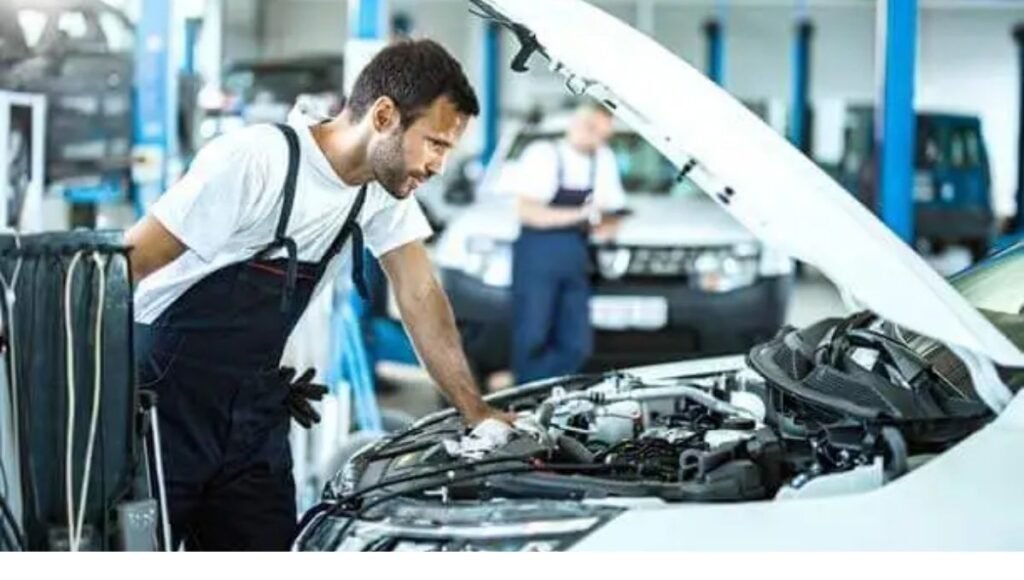
Routine Checks to Keep Your Battery and Electrical System Healthy
Regularly inspect your battery for signs of wear, corrosion, and ensure it holds a proper charge. Periodically check all electrical connections, fuses, and relays to catch small problems before they evolve into significant issues.
The Importance of Regular Inspections for the Ignition and Fuel System
Routine maintenance for your ignition system—including spark plug replacements, coil inspections, and fuel filter changes—can extend the life of your car and prevent starting issues. Don’t wait for a no-start condition to address these components.
Preparing for Seasonal Changes to Avoid Starting Problems in the Future
Different seasons bring different challenges. Prepare for winter by using winter-grade oil and keeping the battery in good condition. In summer, check your cooling system to prevent overheating. Regular seasonal maintenance ensures your car starts reliably year-round.
read also: What Size Alternator Do I Need for 2 Batteries – Your Complete Answer!
FAQ’s
1. Why won’t my car start even with a new battery?
A new battery may not solve the issue if other components like the starter motor, alternator, or ignition system are malfunctioning.
2. How can I check if the battery is installed correctly?
Ensure the battery is properly seated and securely connected, with clean, corrosion-free terminals for a solid connection.
3. Could a faulty starter or alternator be the issue?
Yes, if the starter motor or alternator is failing, your car may not start, even with a new battery.
4. What role do fuses and relays play in starting my car?
Blown fuses or faulty relays can disrupt power to critical systems like the starter or fuel pump, preventing the car from starting.
5. How do extreme temperatures affect my car’s ability to start?
Cold weather reduces battery efficiency, while hot weather can cause vapor lock or engine overheating, both affecting start-up.
Conclusion:
In conclusion, resolving a car that won’t start despite a new battery requires checking various interconnected systems beyond the battery. Key components such as the alternator, starter motor, ignition system, and fuel delivery need inspection. Regular maintenance and diagnostic tools can help identify hidden issues and prevent future problems.
Read Also:
Can You Put an 18V Battery on a 12V Motor – Here’s What Happens!
How to Charge a Positive Ground Battery – Here’s How!
What is the Advantage of 2.6 Volt Batteries in Series – The Power of Efficiency!
What Gauge Wire to Connect 12V Batteries in Parallel – Complete Guide!
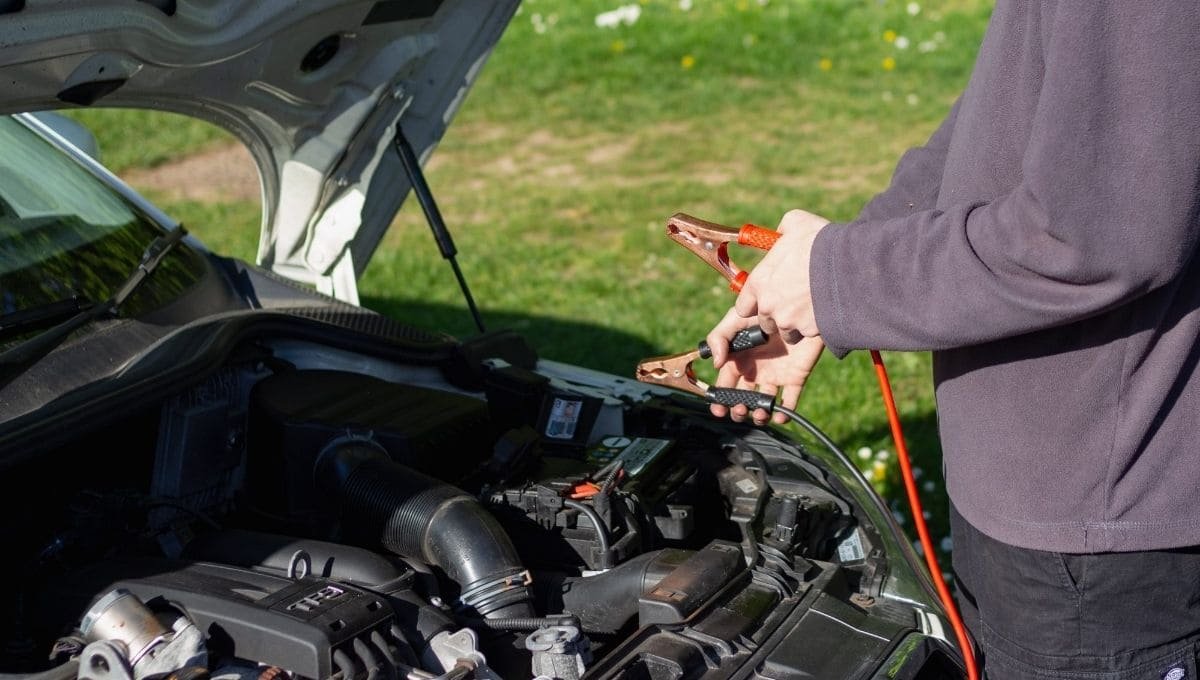

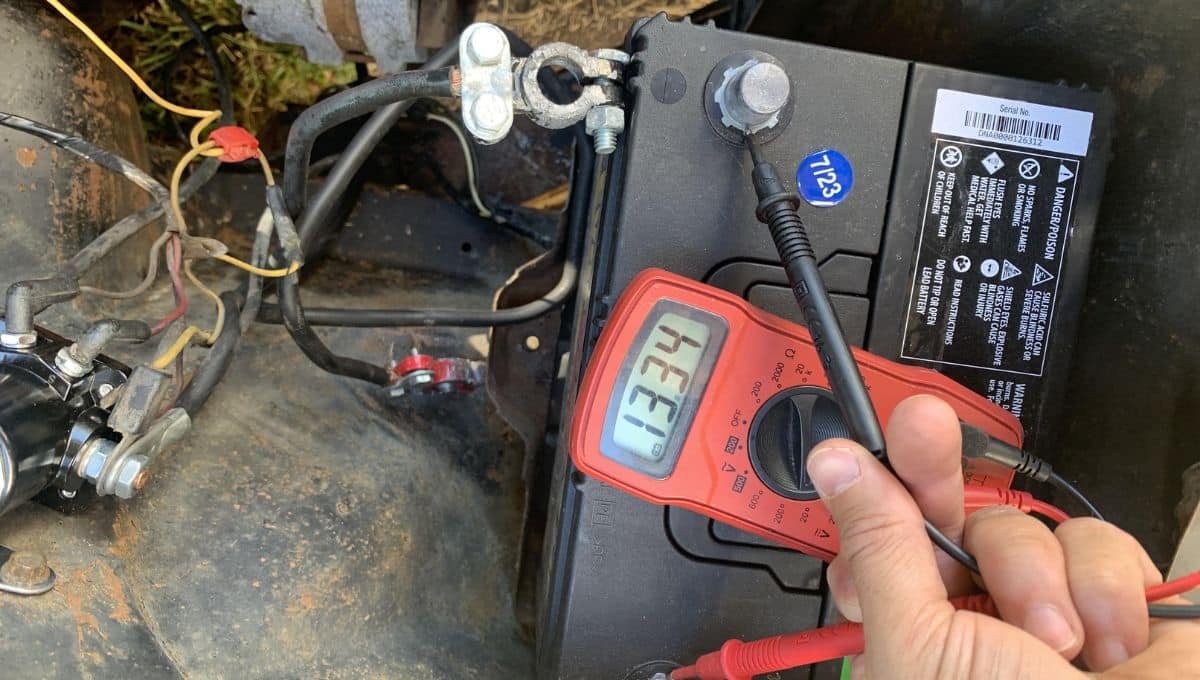
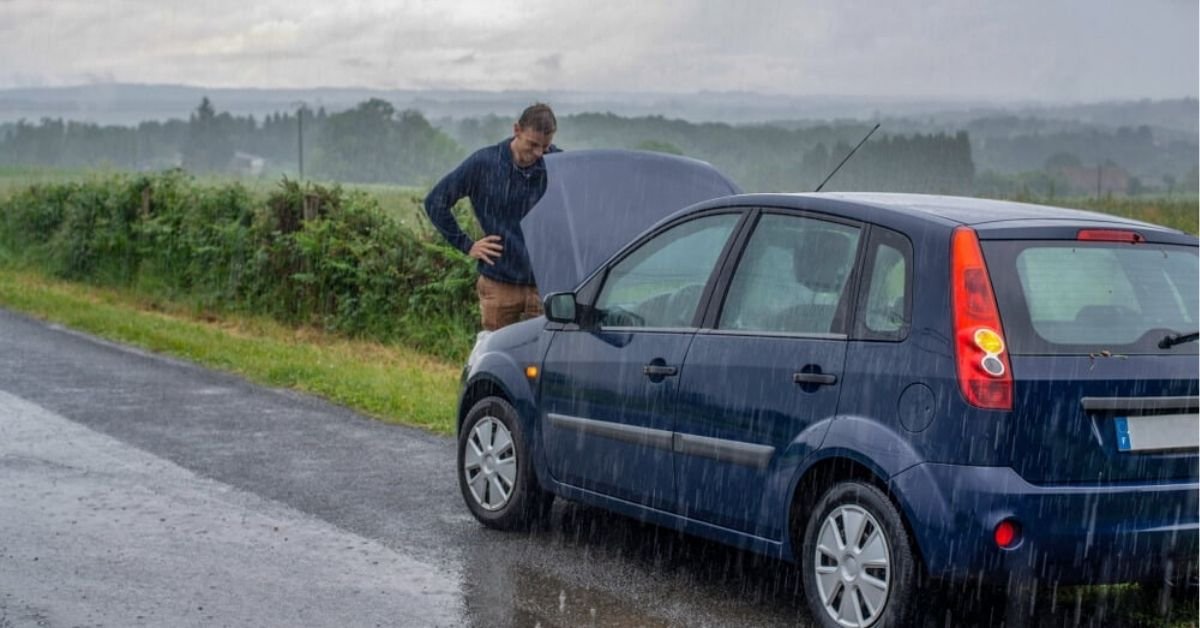

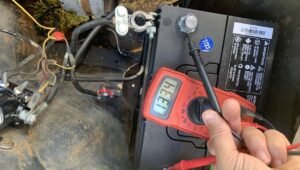


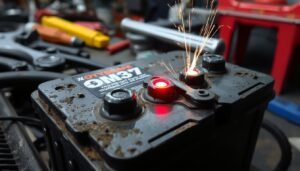

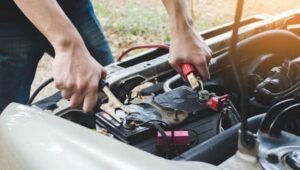
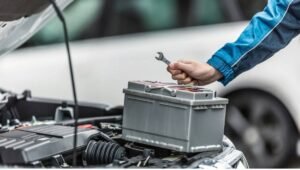
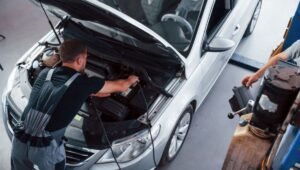
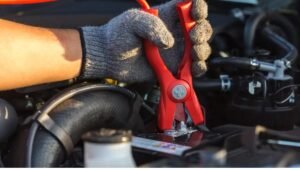
Post Comment